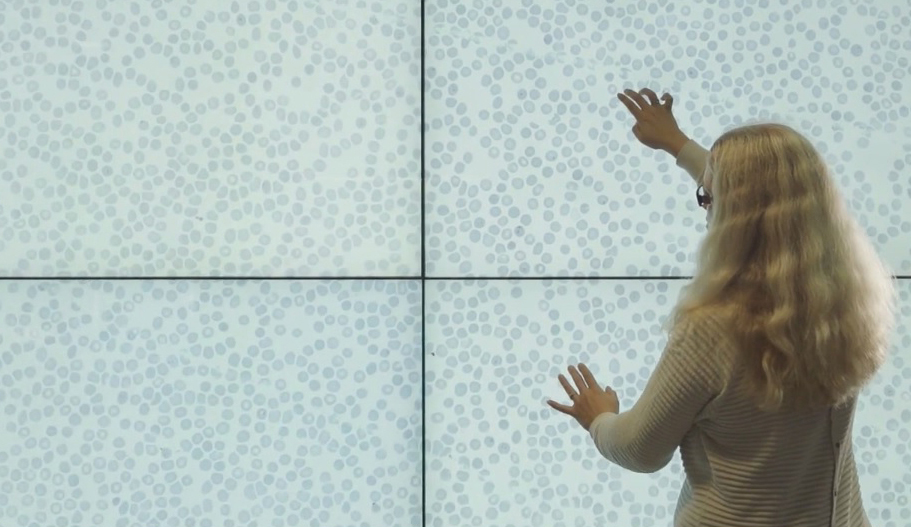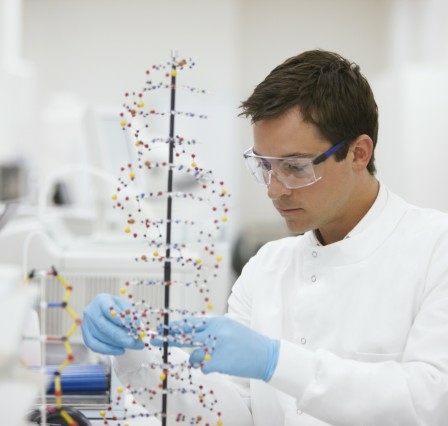How could we make use of whole human genome sequencing data in Finnish healthcare in a way that benefits both individuals and society? The preliminary proposals were published recently, and comments are being welcomed. This huge package deals with more than just health; it also covers research, resources, business activities and IT systems – and the individual’s right to know.
Healthcare is in need of new ideas and modes of treatment. Advances in genomic research methods would already enable the wider use of genetic information in Finnish healthcare.
This is important – and appealing – because genetic information opens up opportunities for more precise diagnostics and treatment, and more cost-effective solutions. Making use of genetic information is also expected to provide new types of business and research funding opportunities for Finland.
For individuals, putting genetic information to better use could mean trading in mass sequencing for focusing on those with a diagnosed hereditary risk of a certain disease. “Better use” could also refer to the benefits of the results of one person’s genetic test for that person’s family and relatives.
The societal aspect of making use of genetic information holds a promise of preventive treatment and more precise allocation of services – and these would lead to savings. But when?
Business and research investments are not a minor issue either. It is a national aim to develop Finland into the world’s most attractive research and business environment in the field of genomics.
This is all relevant right now, because a national genome strategy for making more efficient use of genome data in Finnish healthcare is currently under preparation.
The preparation work, led by the Ministry of Social Affairs and Health and supported by Sitra, has reached a stage where the results of the workshops organised in the autumn of 2014 have been compiled into preliminary proposals. The proposals were recently presented in an open public event.
The strategy as a whole deals with a subject that is admittedly fairly difficult to grasp for many people, but among the audience of specialists at Hanasaari it stimulated praise, questions and a lively discussion. Below is a list of a few of the views expressed at the event that the working group will deal with before submitting the final proposals.
- How should this subject be opened to the public? How to get people excited and to join this important discussion?
- How do we make genetic information part of everyday life and introduce it to primary healthcare operators?
- If genomic research in healthcare becomes more common, what will we search for? What limits should we set, at an individual and societal level, and how do we justify them?
- Is there a connection between putting genetic information to better use and healthcare funding?
- Does better use of genetic information require training a new group of professionals so that primary healthcare needs can be met?
The strategy as a whole is not easy to popularise, but soon there will be an opportunity to influence its formulation. The draft strategy of the working group will be published online in March, and anyone can comment on it. The final strategy will be handed to the minister by the end of spring 2015.





Recommended